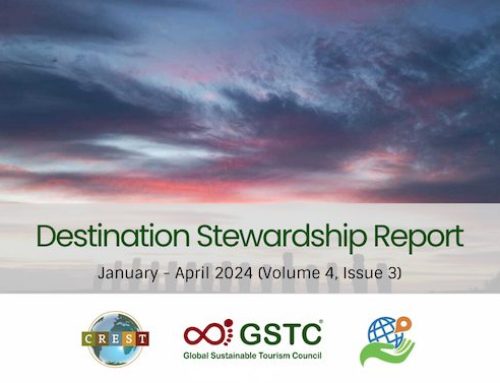One of the most common misconceptions about the GSTC Criteria is that it was designed to be a one-size-fits-all solution. This couldn’t be farther from the reality. The criteria are a reference or starting point for any business seeking to become more sustainable. In fact, the GSTC has created tools to help businesses do a self-assessment to gauge where they are currently at on the sustainability continuum. The output of this assessment is an action plan for those businesses who are looking for help in taking the next steps.
The GSTC Criteria are the MINIMUM common, universal language, which brings clarity to the confusing and complex world of sustainability standards. Certification businesses around the world can use the Criteria as a baseline (read: minimum) for their certification programs. With this minimum set, consumers can trust that the businesses using a GSTC-recognized standard have made significant efforts towards sustainability.
The world is a pretty big place. A one-size-fits-all solution to global sustainability standards would be an ineffective exercise. The GSTC Criteria were always intended to be a minimum. We clearly indicate that we expect the 130+ existing standards and guidelines to go above and beyond the Criteria and adapt to the local social and environmental conditions as well as the industry sector they are working with.
A standard for tour operators in Scandinavia that includes criteria for proper handling of reindeer is different from one for city hotels in France, lodging facilities in Scotland, or ecolodges in the rainforest in Ecuador. What the GSTC Criteria represent is the bare minimum that all these standards should contemplate.
Is it easy to do this? No, but we’re seeing individuals, governments, standards programs and industry players stepping up every day to take on the challenge.




